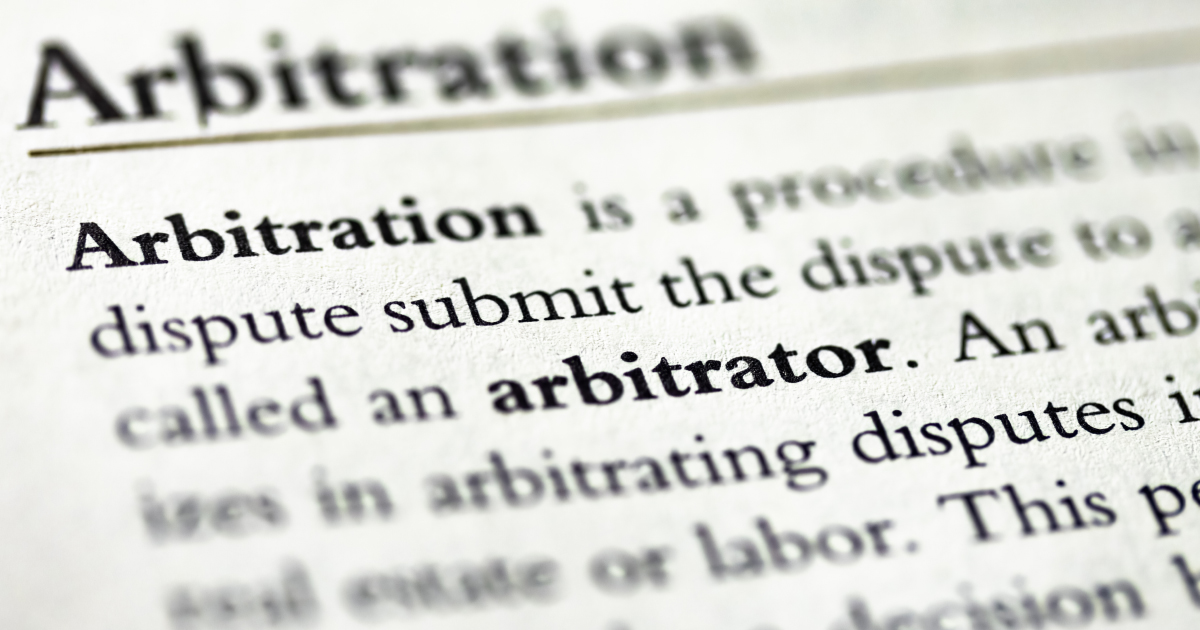High Threshold of Proof
In Singapore, one of the ways to get a divorce is to prove that “your spouse has committed adultery and you find it intolerable to live with him or her.” Adultery is committed when a person engages in sexual intercourse (which refers to penetration) with someone other than his/her spouse. The party applying for divorce on this ground must adduce evidence to prove that adultery has taken place.
A high threshold of proof is required before the courts in Singapore are convinced that adultery has in fact occurred and resulted in an irretrievable breakdown of a marriage. The third party must also be named in the divorce papers. The following are ways in which a plaintiff can prove that adultery has taken place. Even if evidence cannot be obtained as to the defendant’s infidelity, an opportunity or intention to commit adultery may constitute indirect evidence to prove adultery.
Confession from the adulterer
Adultery can be proven directly by a confession from the cheating spouse that he/she had committed it.
Private Investigator
A private investigator could be hired to attain evidence of the adulterers in intimate settings or engaging in the adulterous behaviour. However, this might be a costly process, amounting to around $8,000 a week. Further, the plaintiff is not guaranteed that the evidence obtained by the private investigator is sufficient to achieve the high level of proof required by the courts.
Evidence of communication, visual evidence or testimonies
Evidence of any form of communication between the adulterers could be adduced. This includes text messages, emails, phone conversations, photographs, videos, bills or receipts. Further, sworn testimonies of people who have witnessed the adulterous relationship could strengthen evidence adduced to prove adultery. However, given that such evidence may be easily fabricated, the defendant might attempt to dispute the evidence and claim that they are false.
DNA Evidence
A DNA test may be carried out if the plaintiff believes that his/her child is not biologically his/hers. However, this might unduly stress the child and strain the relationship between the child and the parties of the divorce proceedings. On the other hand, DNA evidence revealing that a child is not in fact the plaintiff’s will be guaranteed to reach the high level of proof required by the courts.
Alternative?
Given that the threshold for proving adultery is high and difficult to pass, an alternative way to successfully get a divorce would be to file for it on other grounds instead of adultery. For instance, the plaintiff can commence divorce proceedings through unreasonable behaviour where the plaintiff alleges that the defendant is behaving in a way such that the plaintiff cannot reasonably be expected to live with him/her. To this end, “unreasonable behaviour” is more subjective, thus enabling the plaintiff to successfully file for divorce without having to conclusively prove that adultery has taken place.












